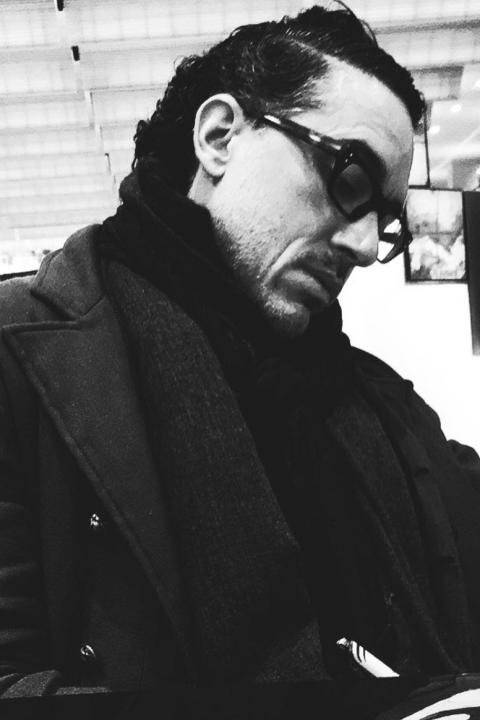
Anthony Scibilia
For media inquiries, please contact Media Relations
Artist, musician, and educator Anthony Scibilia has been practicing photography for more than 20 years, with work appearing at the Guggenheim, Museum of Modern Art, Oxford University Press, CBS News, Zone Books, and Gardner's Art through the Ages. Scibilia has played the piano for most of his life, with recordings of Bach, Schubert, and Scarlatti. He also has experience in acting, set design, and architectural design. While much of his formal training is in art and architectural history, his approach to looking at art is fundamentally shaped by his own experience of making things. According to Scibilia, when we look at a work of visual art, we are, like musicians, "performing" the piece: we are experiencing it through time and space, much as we do when we perform a piece of music. We are also experiencing the work as its audience at the same time.
- Lectures/performances at New England Conservatory, Mass College of Art and Design, Columbia University, and CUNY Graduate Center
- Recordings of Bach, Schubert, and Scarlatti
- Published photographic work at the Guggenheim, Museum of Modern Art, Oxford University Press, CBS News, Zone Books, Gardner's Art through the Ages
